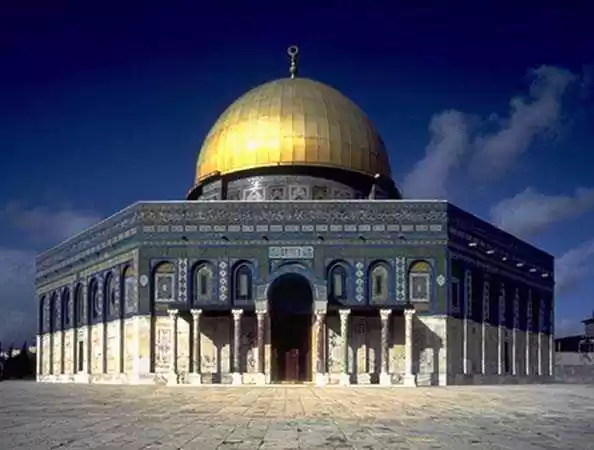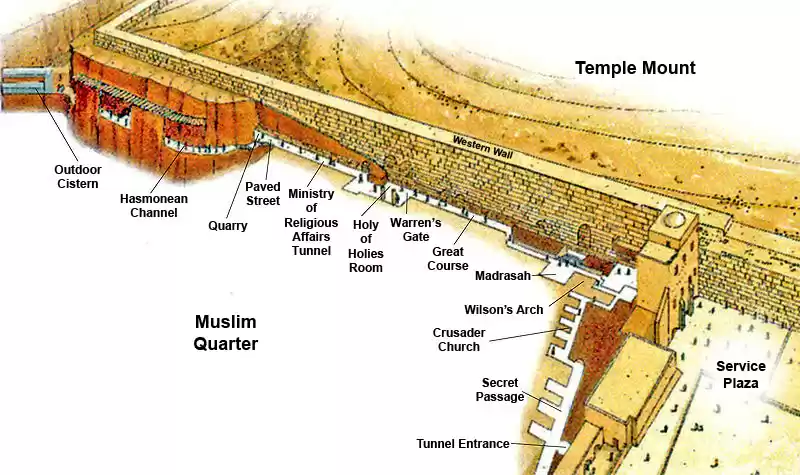The Mount of Olives, alternatively called Mount Olivet is a ridge located east of Jerusalem's Old City. It was so named for the olives groves that often grew along its slopes. It is home to an ancient Jewish cemetery where a lot of eminent Jews rest in peace. The cemetery dates back over 3000 years ago, and is often used as a setting for several Biblical events. The Mount is also home to a lot of fine churches, Augusta Victoria hospital, a Jewish residence, the Brigham young university, and the seven arches hotel.
Biblical occurrence
It was recorded in the book of Zechariah, that the God of Israel will stand on the Mount of Olives. That means the Messiah will appear here on the Judgement day, and those buried here will be the first to rise on during the resurrection of the dead. There are also accounts of the Mount of Olives in the new testament. It was here that Jesus stood and looked upon Jerusalem, weeping for imminent destruction of the city, which he foresaw. It was also on this mount that Jesus taught the disciples our Lord's prayer. After his apprehension, crucifixion and resurrection, it was on this mount that he ascended into heaven.
Churches on Mount of Olives
On the ridgy slopes of Mount Olivet lie several beautiful churches, the Russian Orthodox Church was built here in 1888, just a few meters away, in the village of A-Tur, is the Russian church of Ascension. There lies another church of Ascension, built in 392AD and reconstructed in 1198, it houses a stone with the imprint of Jesus's foot before he ascended to heaven. The Church of all Nation is also on this mount, embellished with gold mosaic above its entrance. It holds a rock which is believed to be where Jesus prayed on the eve of his arrest. It was on the particular spot where Jesus stood and looked upon Jerusalem, that Dominus Flevit church was built, it was designed by Anton Barluzzi. And on the spot where Jesus taught the Lord's prayer to the disciples, the Pater Noster church was built, with the Lord's prayer engraved in 140 languages on its walls.




















